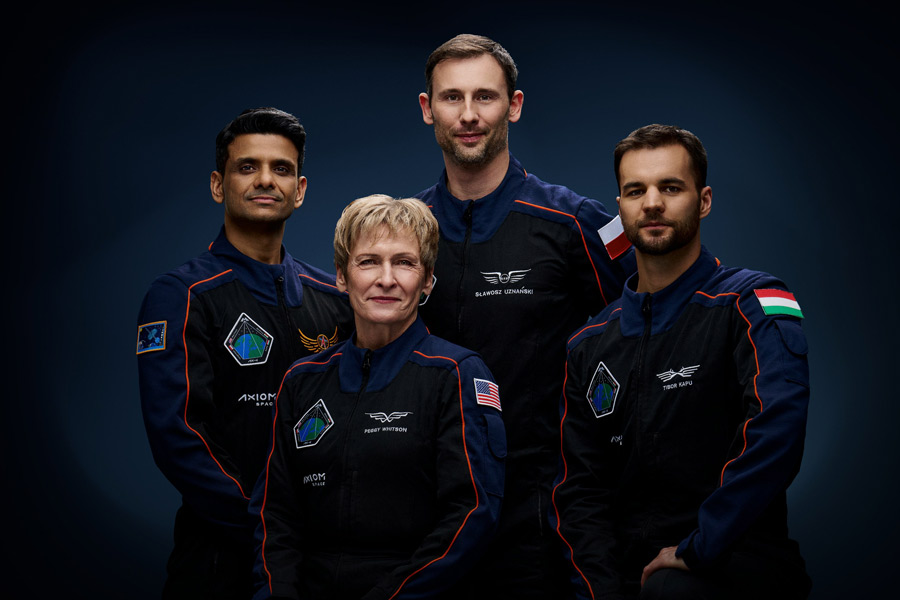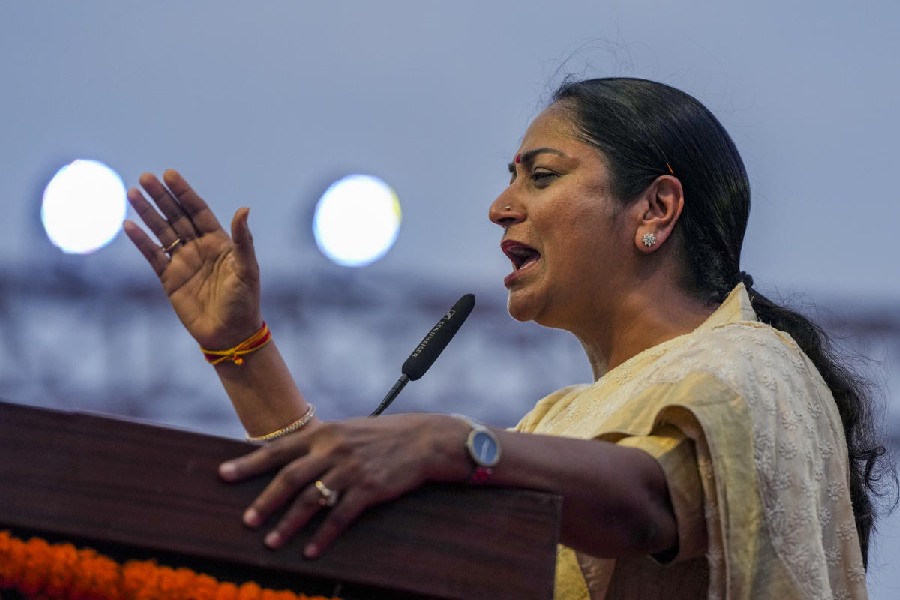 |
| Liu: Rare discovery |
Beijing, Jan. 30: A hunt for ancient maps, lost cities, sunken treasure ships and a forgotten hero is fast becoming one of the more curious attempts by China to bolster its cultural pride.
Earlier this week, Liu Gang, a Beijing-based securities lawyer and amateur map collector, unveiled to the world an antique map, which, he says, proves a Muslim eunuch-warrior from China’s 15th-century Ming dynasty named Zheng He circumnavigated the world and discovered America nearly a century before Ferdinand Magellan and Christopher Columbus.
“For Chinese history, this is very significant,” said Liu, as he showed off a framed copy of the original map, a section of which is undergoing carbon testing at Cambridge University in Britain.
Liu’s map, which he bought for $500 from a Shanghai antique shop, proclaims itself to be a 1763 copy of an older map dating back to 1418. It shows the entire world in far greater detail than any European map of the period, which omitted the Americas.
“My first reaction was that it was a forgery,” said Liu. “Now I’m 100 per cent sure it proves that Zheng He and his men actually went all over the world and mapped it by 1418.”
That claim was first made in a book titled 1421 by Gavin Menzies, a former Royal Navy submarine commander-turned-amateur historian, who says that it was only by acquiring copies of ancient Chinese maps that later Europeans came to the new world.
“How have professional historians for so long adopted the fairy story that Christopher Columbus discovered America, when they’ve all known Columbus had a chart ? a map showing him the way to the Americas?” Menzies said after a recent lecture in Beijing.
Although Menzies accepts it was the Vikings who first landed in America, he says they made no significant impact on life on the continent.
“In contrast, the Chinese explorations were on a massive scale,” said Menzies, who maintains that Zheng and his men settled across a large part of America.
“The native American Indian people have substantial and statistically significant East Asian ? Chinese ? mixture in their genes, sometimes up to 20 per cent, 30 per cent and even 40 per cent. ”
Menzies says he has also found Zheng’s lost “capital” in Newfoundland, as well as the sunken remains of many of his giant treasure ships, some of which lie off America’s west coast.
But the claims of Menzies and Liu are dismissed by many historians, both western and Chinese.
“Menzies just fabricates things and gets a lot of press,” said Geoff Wade, a historian with the Asia Research Institute in Singapore.
Mao Peiqi, a professor of history at the People’s University in Beijing, said he was “certain Liu’s map is a fake”.
“It shows the world in two hemispheres but it was only after the Ming dynasty, in the 1650s, that the theory about the earth having two hemispheres was gradually developed,” Mao said.
Still, the possibility of Zheng’s potentially textbook-altering exploits have captured the imagination of many in China, which is going through a wave of ethnic pride.
Frank Lee, a Hong Kong-based investor and country-western music fan, said he has even written a country-western ode to Zheng, and that the track will feature in an upcoming film about the once-forgotten admiral.
“Let me tell you a story about the New World discovery,” Lee hummed from the back of the room where Menzies, whom he has now befriended and follows around, had lectured. “Seventy years before Columbus anchored, the royal fleet of Cathay discovered America. Hear what I have to say, in a country-western way.”
Even if Zheng did not discover America, his life is perhaps still worthy of a country-western song. Born into a humble Muslim family in China’s southern Yunnan province, he was enslaved at 10 by invading Han Chinese armies. As was the norm at the time, Zheng was castrated after capture. Since Muslims consider it inauspicious to be buried with any part of the body missing, Zheng carried his severed body parts in a sack at all times, earning him the nickname San Bao (three treasures).
When Zheng was taken to Beijing as a slave-warrior, he rose quickly under the Ming emperors, under whom Chinese civilisation reached its zenith, and went on to build the world’s greatest navy. While the three ships in Columbus’ fleet were on an average 70 feet long, the flagship of Zheng’s 400-ship fleet was 400 feet long.
Liu is not shy to admit that resurrecting this iconic ancient in modern times is an act heavily tinged with nationalistic pride.
“Right now China, with respect to technology, is far behind the US, England, Japan,” he said. “But I think this map will tell the young generation we Chinese are not stupid, we are actually as smart as other nations.”
The Chinese government has also found value in Zheng’s renaissance. Though records show that the purpose of Zheng’s trips to Asia and India was to collect tribute from “barbarian” nations, Beijing has been projecting his voyages as friendship missions.
“(Zheng’s) voyage was a peaceful and friendly culmination of cooperation between China and other countries,” said Zheng Ming, a retired Chinese admiral who is now vice-director of the Beijing Association for Studying Zheng He’s Voyages.
“Although China was the greatest country in the world, Zheng He was still very friendly to people in poorer countries. He gave them lots of Chinese goods and tried really hard to help those countries prosper. He knew that’s the way to avoid war and maintain China’s stability. That lesson is still applicable to us today.”
Last year, Beijing, whose current mantra is that China’s rise in the world will be peaceful, launched a series of celebrations to mark the 600th anniversary of Zheng’s first voyage in 1405. As part of the celebrations, a bronze statue of Zheng in Nanjing, where China’s navy was based, was altered and a sword he held in one hand was replaced with a world map.










